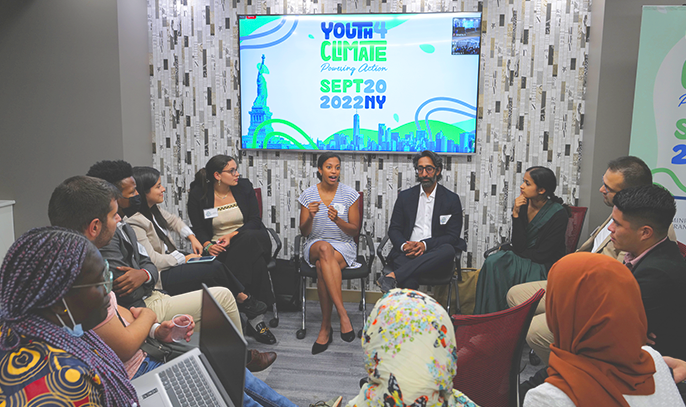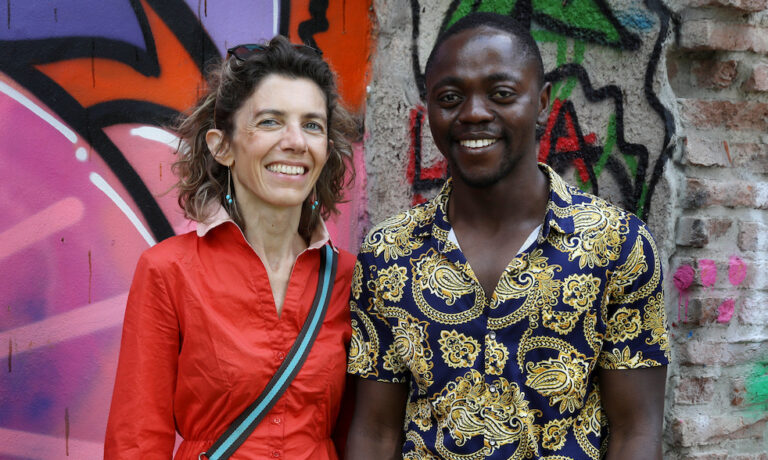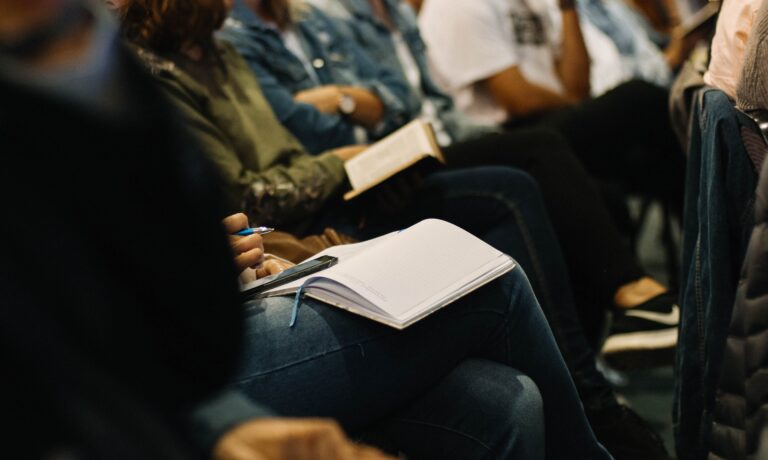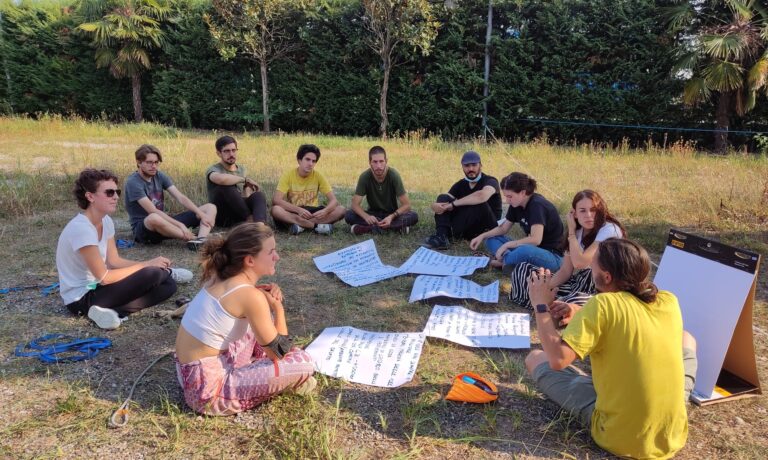3 ottobre la memoria degli oggetti
Realizza una mostra commemorativa degli oggetti appartenuti ai naufraghi del 3 ottobre 2013 presso il Memoriale della Shoah di Milano.
Starting date
1 July 2023Duration
4 mesiRealized by:
Associazione Carta di RomaObjectives
Svolgere un'opera di sensibilizzazione circa il valore della memoria e di attivazione dell'attenzione sui naufragi e sulle morti nel Mediterraneo.
Costruire un luogo dove la memoria prenda forma e diventi accessibile e fruibile da tutti, che riporti le persone al centro e i numeri a margine del racconto delle migrazioni.
Creare occasioni di dialogo, confronto e di conoscenza, soprattutto per i giovani, attraverso le visite delle scuole e la creazione di un centro polifunzionale che ospita incontri e dibattiti.
Attraverso il coinvolgimento di giornalisti, fotografi e videomaker, analizzare il senso delle parole e delle immagini che danno forma al racconto dei flussi migratori.
On 3 October 2013 at dawn an old fishing boat with more than 500 refugees from Eritrea on board sank near the island of Lampedusa. The bodies of 368 people were recovered. This event changed the public opinion’s perception as regards shipwreck victims in the world.
The personal belongings of the victims were found by the police of Agrigento and shown to family members, together with photographs of the victims’ faces, in hopes of identifying the bodies. They are kept as “body of evidence”.
On the tenth anniversary of 3 October, the project will organize an exhibition at the Shoah Memorial of Milan – a highly symbolic place – to remember the migrants who died in the shipwreck of 3 October through their personal belongings as well as the experiences shared by survivors, relatives of the victims and rescuers.
Exhibition catalogs will be available for free.
The exhibition will include:
– a series of displays with the victims’ personal items. By means of a QR code on each display the audience will be able to listen to audio recordings of voices and noises from that night on their smartphones. For instance, they will be able to listen to the original distress calls, the hubbub on the pier, the sound of the divers working.
– these audio recordings will guide visitors to two rooms where they will watch video interviews with survivors, rescuers, and victims’ relatives telling the story of what happened that night.
– a series of photos will be displayed on the panels of the Shoah Memorial: portrays of the survivors and of the victims’ families, as well as still life pictures of the body of evidence.



